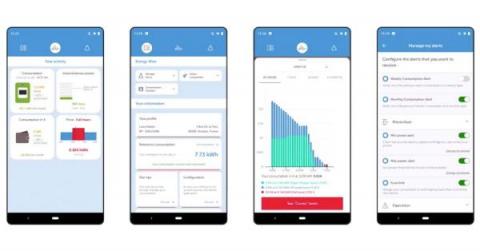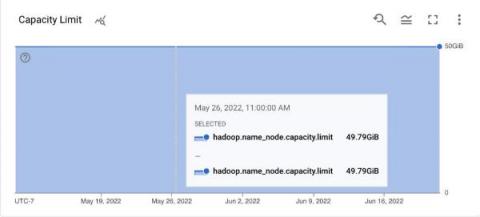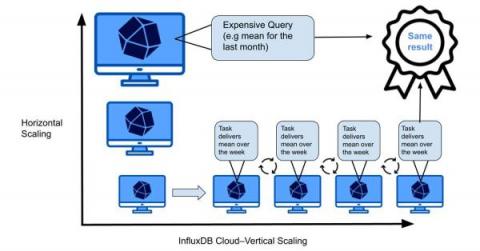Exporting Splunk Data at Scale: See a Need, Fill a Need
The Core Splunk platform is rightfully recognized as having sparked the log analytics revolution when viewed through the lenses of ingest, search speed, scale, and usability. Their original approach leveraged a MapReduce approach, and it still stores the ingested data on disk in a collection of flat files organized as “buckets.” These immutable buckets are not human-readable and largely consist of the original raw data, indexes (.tsidx files), and a bit of metadata.










